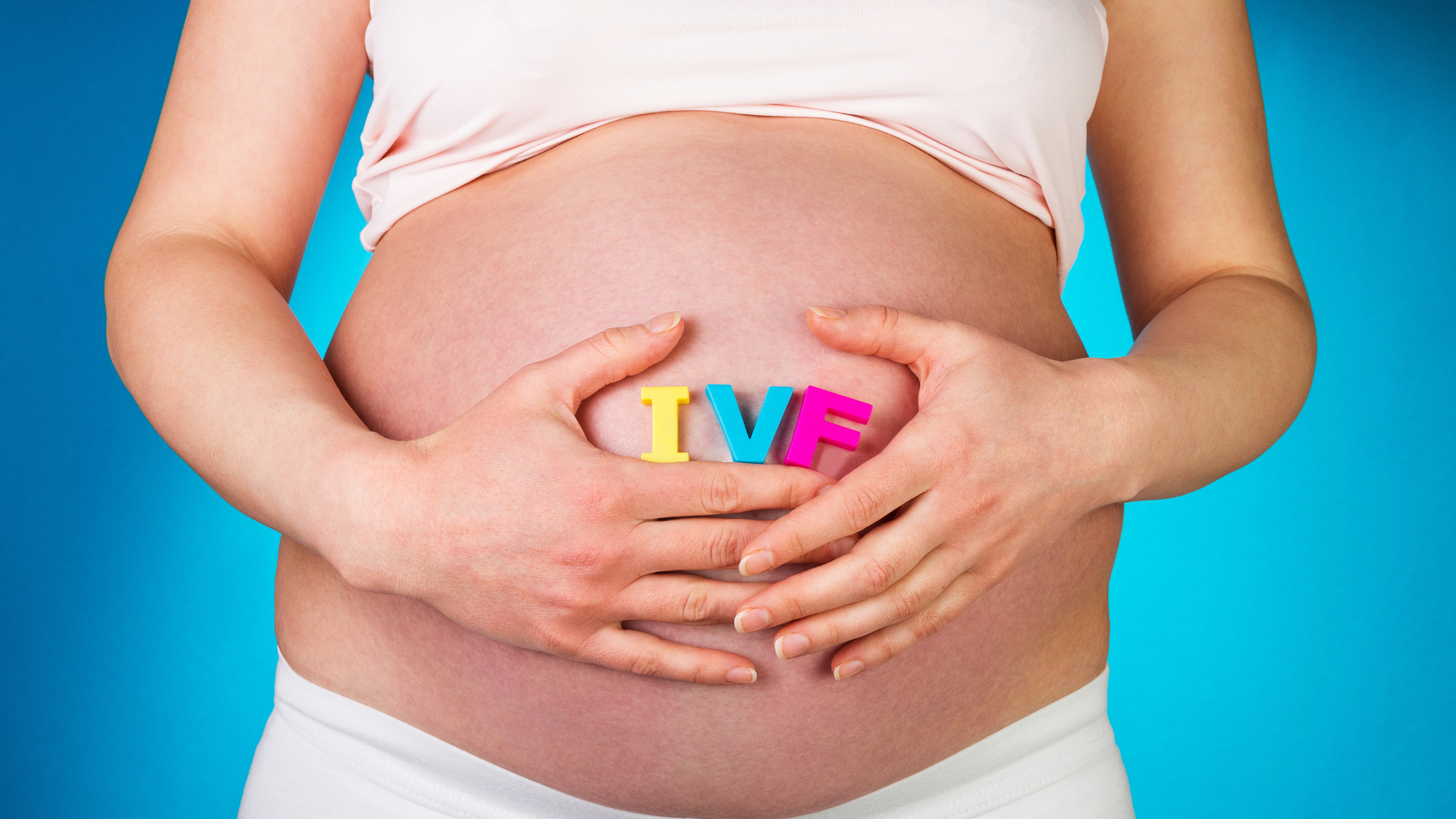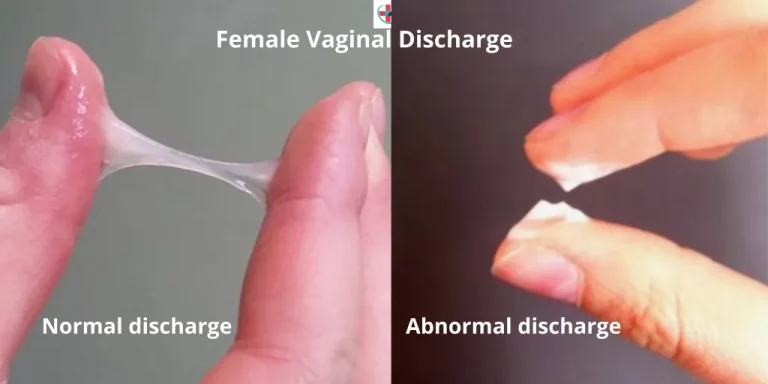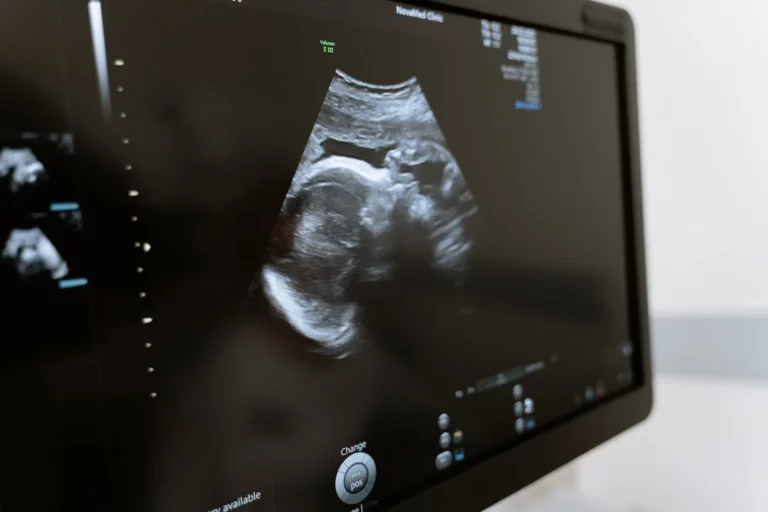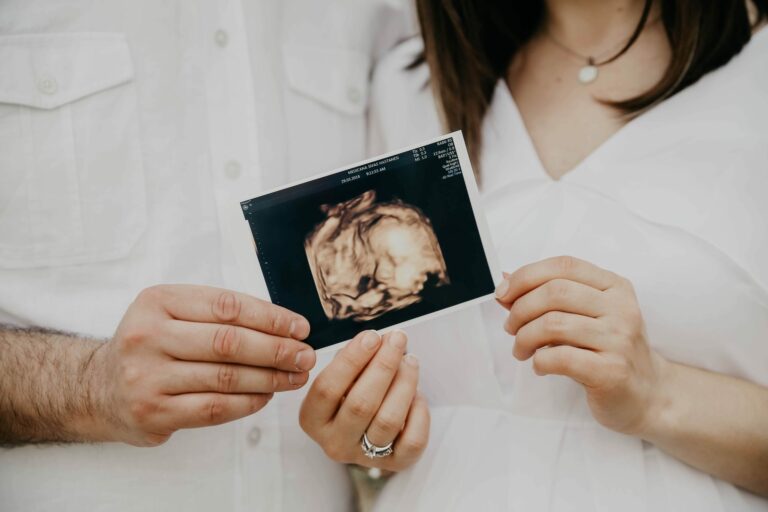Everything you should know about In vitro fertilization (IVF)
Table of contents
In vitro fertilization (IVF) is a treatment that treats infertility and genetic problems. If you are unable to conceive, IVF can be performed. You and your partner can explore other options for infertility treatment. You can also use fertility drugs to increase egg production or intrauterine injections, sperm directly placed in the uterus at ovulation.
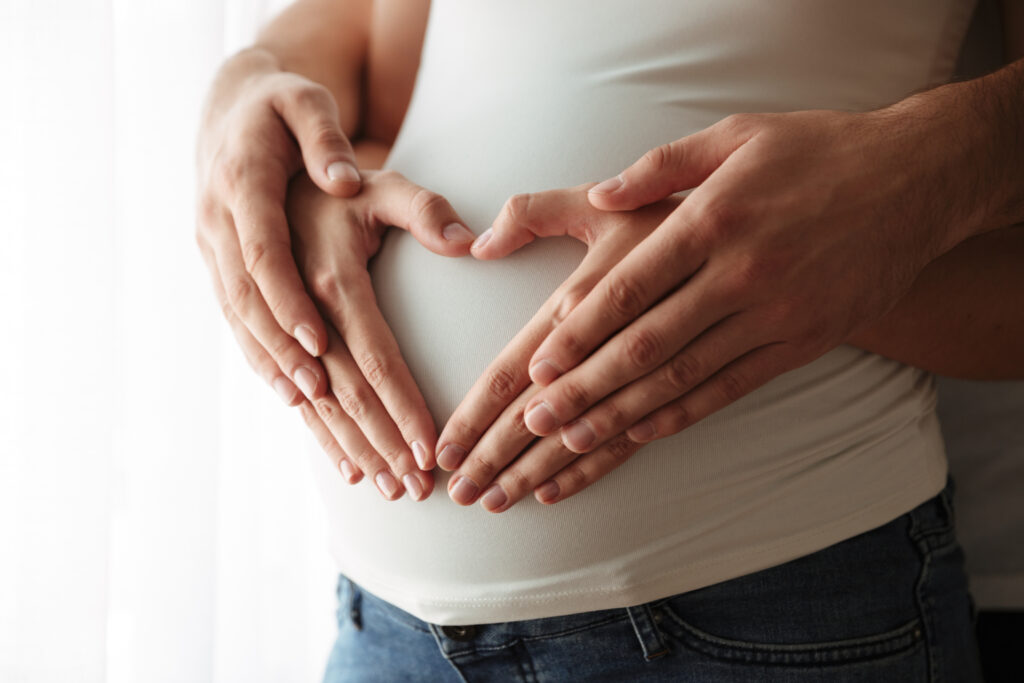
For infertility in women over 40, IVF is occasionally recommended as the main therapy. Several medical disorders can be treated with IVF. IVF may be a choice, for instance, if you or your partner have:
- Fallopian tube blockage or damage. Fallopian tube blockage or damage makes it difficult to fertilize an egg or allow an embryo to travel to a uterus.
- Ovulation disorders. Fewer eggs are available for fertilization if ovulation is irregular or absent.
- Endometriosis. This is when tissue similar to the lining of the uterus grows outside the uterus, often affecting the function and health of the fallopian tubes and ovaries.
- Uterine fibroids. Fibroids are benign tumors that develop in the uterus. They frequently affect women in their 30s and 40s. Fibroids may hamper the implantation of the fertilized egg.
- Tubal sterilization or removal before the procedure. Tubal ligation is a method of sterilization where the fallopian tubes (or fetuses) are permanently blocked or cut. Tubal ligation is required if you want to conceive. Tubal ligation reversal surgery may also be an option.
- Impaired sperm function or production. Low sperm concentrations, poor movement (poor mobility), and abnormal sperm sizes make it difficult for sperm to fertilize an egg. An infertility specialist may be required to examine any semen abnormalities.
- Unexplained fertility. This means no cause for infertility was found, despite a thorough evaluation.
- A genetic disorder. Preimplantation genetic testing is available if you or your partner are at high risk of passing a genetic disorder on to your child. After being harvested and fertilized, eggs are screened for genetic problems. However, not all genetic problems can always be identified. Embryos without identified problems can be transferred into the uterus.
- Fertility preservation in the case of cancer and other conditions. You could be pregnant if you are about to begin cancer treatment, such as chemotherapy or radiation. IVF For fertility preservation may be possible. For later use, women can freeze eggs from their ovaries. You can also fertilize the eggs and freeze them as embryos for later use.
- Women without a functioning uterus or at serious risk of pregnancy might consider this option by using another person as a gestational carrier to carry the pregnancy. The woman’s eggs are fertilized by sperm, and the embryos are then placed in the gestational carrier’s uterus.
Risk of IVF pregnancy
There are risks in IVF, including:
- Multiple births. IVF Multiple births are more likely if more embryos are transferred to your uterus. Multiple fetuses can lead to higher rates of premature labor and lower birth weight than a single fetus.
- Low birth weight and preterm delivery Research show that with IVF, The risk of the baby being born prematurely or with low birth weight is slightly increased.
- Ovarian Hyperstimulation Syndrome. When used to promote ovulation, injectable fertility medicines like human chorionic gonadotropin (HCG) can lead to ovarian hyperstimulation syndrome, which makes your ovaries uncomfortable and swollen.
The normal duration of symptoms, which include minor stomach discomfort, bloating, nausea, vomiting, and diarrhea, is one week. However, your symptoms can last for a few weeks if you get pregnant. Rarely ovarian hyperstimulation syndrome can become more severe, leading to fast weight gain and shortness of breath.
- Miscarriage. Women who use sperm injections have a higher rate of miscarriage than those who don’t. The rate of fresh embryos is comparable to natural conceiving women — approximately 15% to 25%, but it increases as you age.
- The complications of egg-retrieval procedures. Using an aspirating tool to collect eggs can cause bleeding, infection, or damage to the bladder, bowel, or blood vessels. If general anesthesia is used, there are risks.
- Ectopic pregnancy. When the fertilized egg implants outside the uterus, typically in a fallopian tube, 2% to 5% of women who utilize IVF will get pregnant. The pregnancy cannot be carried on because the fertilized egg cannot survive outside the uterus.
- Birth defects. The age of the mother most often causes birth defects. This is true regardless of how the child was conceived. It is important to find out if babies conceived with the aid of drugs are at risk. IVF You might be at higher risk for certain birth defects
- Cancer. While some earlier research showed a connection between specific drugs used to boost egg formation and the emergence of a particular type of ovarian tumor, more current investigations have refuted these claims. The risks of breast, endometrial, cervical, or ovarian cancer have not risen significantly following IVF.
- Stress. IVF use may depend on a person’s finances, body, and emotions. Through the highs and lows of infertility treatment, support from counselors, family, and friends can aid you and your spouse.
Prepare for IVF
The success of a iVF clinic depends on many factors. These factors include the patients’ ages, their medical conditions, and the clinic’s treatment methods..
Before you begin a cycle of IVF, You and your partner may need to screen for your eggs and sperm before you can use them.
- Ovarian reserve test. Your doctor may check the levels of anti-mullerian hormone (FSH), estradiol, and follicle-stimulating hormone (Estrogen) in your blood over the first few days. The results of these tests, which are often combined with an ultrasound of the ovaries, can help you predict how fertility medication will affect your ovaries.
- Analysis of the sexes. Your doctor will perform a semen test if this is not part of your initial fertility assessment. IVF Treatment cycle.
- Screening for infectious diseases You and your partner will undergo HIV and other infectious disease screenings.
- Your doctor might perform a mock embryo transfer to assess the depth of your uterine cavities and determine the best technique to place embryos in your uterus.
- Uterine exam. Before you begin IVF, your doctor will check the lining of your uterus. This may entail a sonohysterogram, in which fluid is put into your uterus through the cervix, and an ultrasound to provide pictures of your uterine cavity. Another option is a hysteroscopy, which involves inserting a thin, flexible, lit telescope (hysteroscope) via your cervix and vagina into your uterus.
What to expect
IVF involves multiple steps: ovarian stimulation and egg retrieval, sperm retrieval, fertilization, and embryo transfer. It might take two to three weeks to complete one IVF cycle. It is possible to experience many cycles.
Induction of ovulation
Ovarian stimulation is the first stage of IVF, followed by egg and sperm collection, fertilization, and embryo transfer. IVF cycles might last from two to three weeks. It might be necessary to repeat the cycle.
Many medications can be used.
- Ovarian stimulation medications. You might be given an injectable medication that contains a luteinizing or follicle-stimulating hormone (LH) or both. These medications can stimulate multiple eggs to develop at once.
- Oocyte maturation medications. You will need to take human chorionic Gonadotropin (HCG), or other medications, to help mature the eggs.
- Prevent premature ovulation. These medications stop your body from releasing eggs too early.
- Preparations for implantation.
Your doctor will help you decide which medications to take and when.
You will typically need to give your eggs ovarian stimulation for one to two weeks before they are ready for retrieval. You may need to have:
- With a vaginal ultrasound and an imaging test of your ovaries, you may keep track of how your follicles—the fluid-filled ovarian sacs where eggs grow.
- Blood testing to gauge your ovarian stimulation drug response — Typically, progesterone levels are low until ovulation, but estrogen levels rise as follicles grow.
For one of the following reasons, IVF cycles may need to be stopped before egg retrieval:
- An inadequate number of follicles are developing
- Premature ovulation
- Overdevelopment of follicles can lead to ovarian hyperstimulation syndrome.
- Other medical issues
If your cycle is stopped, your doctor may advise adjusting your medication or dosage to improve the outcome of subsequent IVF cycles. You could also be informed that you require an egg donor.
Egg retrieval
You can have your egg retrieval done at your doctor’s clinic between 34 and 36 hours after the last injection.
- During egg retrieval, you will be put to sleep and given pain medication.
- The most common method of retrieving follicles is transvaginal ultrasound aspiration. An ultrasound probe is placed into the vagina to locate the follicles. An ultrasound guide inserts a thin needle into the vagina to reach the follicles and retrieve the eggs.
- An abdominal ultrasound can guide the needle if your ovaries are not accessible by transvaginal ultrasound.
- The egg is removed from the follicles using a needle attached to a suction device. In about 20 minutes, multiple eggs can be taken out.
- You may feel fullness, pressure or cramps after egg retrieval.
- Mature eggs can be incubated in an edible medium (culture medium). To create embryos, healthy and mature eggs will be mixed in with sperm. Not all eggs will be fertilized.
Sperm Retrieval Process
A sample of your partner’s sperm must be submitted to your doctor or clinic on the day of egg retrieval. The most common method of collecting the semen sample from a partner is masturbation. Sometimes, other methods are required, such as testicular Aspiration (using a needle to extract sperm from the testicle) or testicular dissection. You can also use donor sperm. In the laboratory, sperm can be separated from the semen liquid.
Fertilization
You can try fertilization using two popular techniques::
- Conventional Insemination. Healthy sperm and mature eggs are combined during traditional insemination and then incubated overnight.
- Intracytoplasmic sperm injection (ICSI). During ICSI, each mature egg is promptly injected with one healthy sperm. ICSI is usually used when there is a problem with the amount or quality of the semen or if prior IVF cycles’ attempts at fertilization were unsuccessful.
Your doctor might recommend another procedure before you perform embryo transfer.
- Assisted hatching. About five to six days after conception, an embryo “hatches” from its surrounding membrane (zona pellucida), allowing it to implant into the lining of the uterus. Suppose you’re an aged woman or have tried IVF unsuccessfully before. In that case, your doctor could suggest assisted hatching, a process in which a hole is made in the zona pellucida just before transfer to help the embryo hatch and implant. For eggs or embryos that have already been frozen, assisted hatching can harden the zona pellucida, which is advantageous.
- Preimplantation genetic test. Embryos can continue to grow in incubators until they reach the stage where a small amount of DNA can be taken and tested for genetic diseases or correct numbers of chromosomes. This usually happens after about five to six days. You can transfer embryos from a mother without affected genes or chromosomes to her uterus. Preimplantation genetic testing may reduce the chance of a parent having a genetic disorder, but it cannot eliminate the risk. It is still possible to do prenatal testing.
Transfer of embryos
Embryo transfer can be done in your doctor’s clinic. It usually takes between two and five days after egg retrieval.
- A mild sedative might be administered to you. Although the procedure is painless, you may experience some mild cramping.
- A catheter is a thin, flexible tube that a doctor can insert into your vagina. It will also pass through your cervix and into the uterus.
- Attached to the catheter’s end is a syringe that contains one or more embryos in small amounts of fluid.
- The doctor inserts the embryos or embryos using a syringe.
After the procedure
After the embryo transfer, you can get back to your regular daily routine.
Some side effects include:
- A small amount of clear or bloody fluid may pass shortly after the procedure. This is due to the swabbing done before embryo transfer.
- High estrogen levels can cause breast tenderness.
- Mild bloating
- Mild cramping
- Constipation
Contact your doctor if you experience severe or moderate pain following the embryo transfer. Your doctor will assess you for possible complications, such as infection, twisting an ovary (ovarian hyperstimulation), and severe ovarian torsion syndrome.
Results
Your doctor will take a sample from your blood and test it for pregnancy about 12 to 2 weeks after egg retrieval.
- Your doctor will refer you to an obstetrician for prenatal care if you are pregnant.
- If you are not pregnant, you’ll be able to stop taking progesterone, and you will likely have your period in a week. Contact your doctor if you are not getting your period or have abnormal bleeding. Your doctor may suggest ways to increase your chances of becoming pregnant by attempting an additional in vitro fertilization cycle (IVF).
After using IVF, the chances of having a healthy baby are high. Several factors influence the outcome, including:
- Maternal age: Your chances of getting pregnant and giving birth to a healthy baby with your eggs are higher the younger you are. Donor eggs are recommended for women aged 41 years and over.
- Status of the embryo. Compared to less-developed embryo transfers, more-developed transfers are linked to greater pregnancy rates (day two or three). Not all embryos, nevertheless, make it through the growth stage. Talk to your doctor or another medical expert about your specific situation.
- Reproductive history. Women who have already given birth have a higher chance of success with IVF than women who have never given birth. Women who have used IVF more than once but were unsuccessful in becoming pregnant have lower success percentages.
- Infertility is caused by. The likelihood of using IVF to become pregnant improves if your egg production is normal. Less likely than women with unexplained infertility are women with severe endometriosis to be successful with IVF in conceiving a child.
- Lifestyle factors. Smokers frequently have fewer eggs removed during IVF and are more likely to miscarry. Smoking can reduce a woman’s likelihood of having a successful IVF cycle by 50%. Obesity might make it more difficult for you to become pregnant and give birth. Alcohol, illicit substances, excessive coffee, and some prescriptions can all be dangerous.
Discuss with your doctor any factors that could affect your chances for a successful pregnancy.
FAQ
Before you begin a cycle of IVF, consider important questions, including:
Usually, the number of embryos that will be transferred depends on how old you are and how many eggs have been retrieved. The implantation rate is lower in older women, so more embryos are typically transferred, except when the donor egg or genetically-tested embryos are used.
To prevent higher-order multiple pregnancies, most doctors follow strict guidelines. Some countries have restrictions on the number of embryos that may be transferred. Before you agree to transfer embryos, ensure that you and your doctor are on the same page.
You can freeze embryos and store them for later use. However, most embryos will survive freezing and thawing, but not all will.
Future IVF rounds may be less expensive and intrusive if frozen embryos are used. Alternatively, you can give any extra frozen embryos to a research center or another couple. You might also decide to throw away any extra embryos.
IVF can lead to multiple pregnancies, which has health concerns for you and your unborn children if more than one embryo is implanted into your uterus. Fetal reduction may be utilized in some situations to assist a mother in giving birth to fewer children with fewer health hazards. However, pursuing fetal reduction is a significant choice with moral, psychological, and emotional repercussions.
An experienced counselor trained in donor issues can help understand your concerns. An attorney may be required to file court papers to become legal parents of an embryo implanted.
The information provided in this blog is for educational purposes only and should not be considered as medical advice. It is not intended to replace professional medical consultation, diagnosis, or treatment. Always consult with a qualified healthcare provider before making any decisions regarding your health. Read more

